Digital
Jacky Lin The Second Moon
-
Tauira / Student
Jacky Lin -
Kaiako / Lecturers
Jocelyn Janon, Don Chooi, Simon Nicholls
-
School
Media Design School
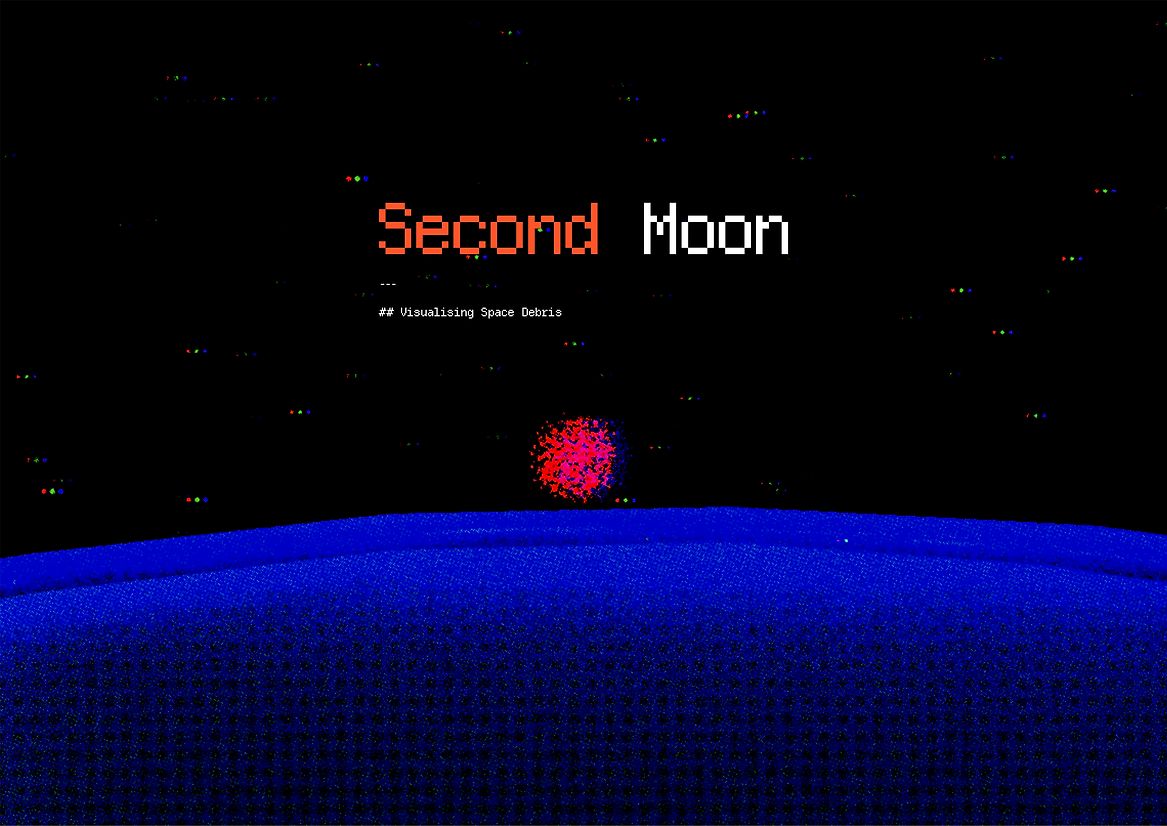
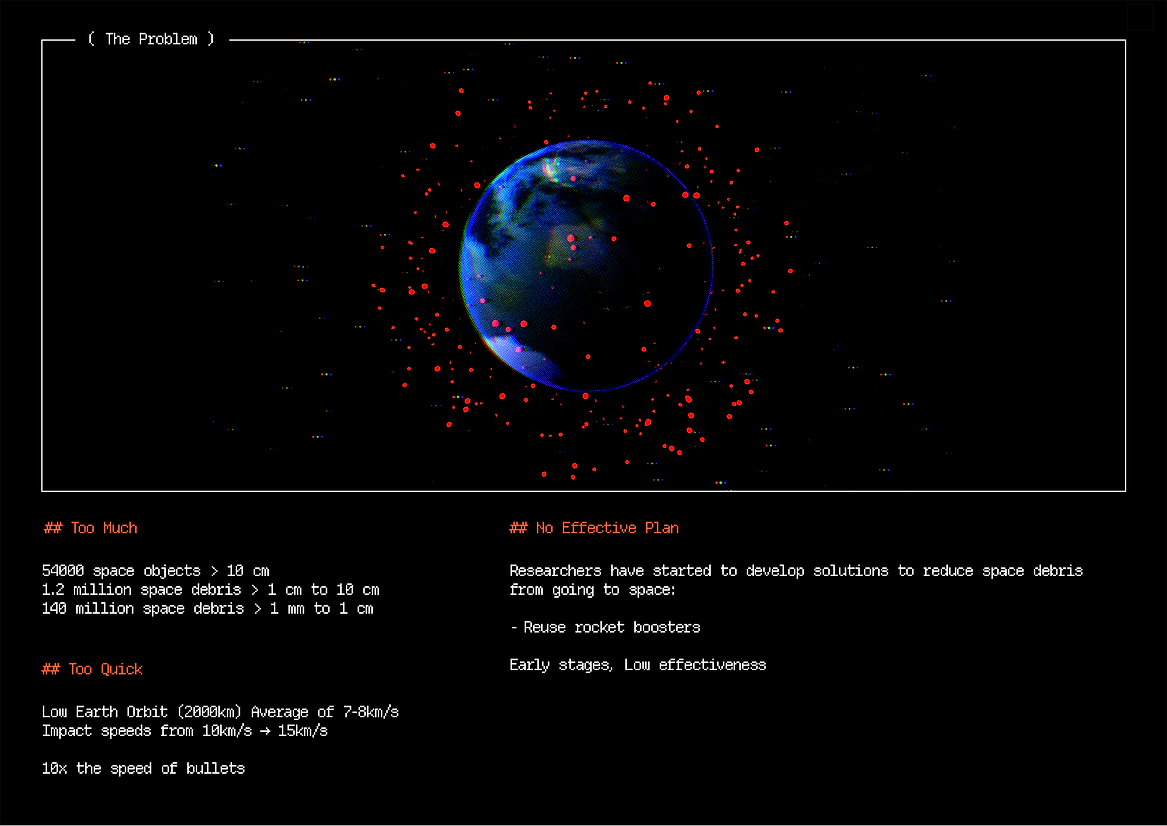
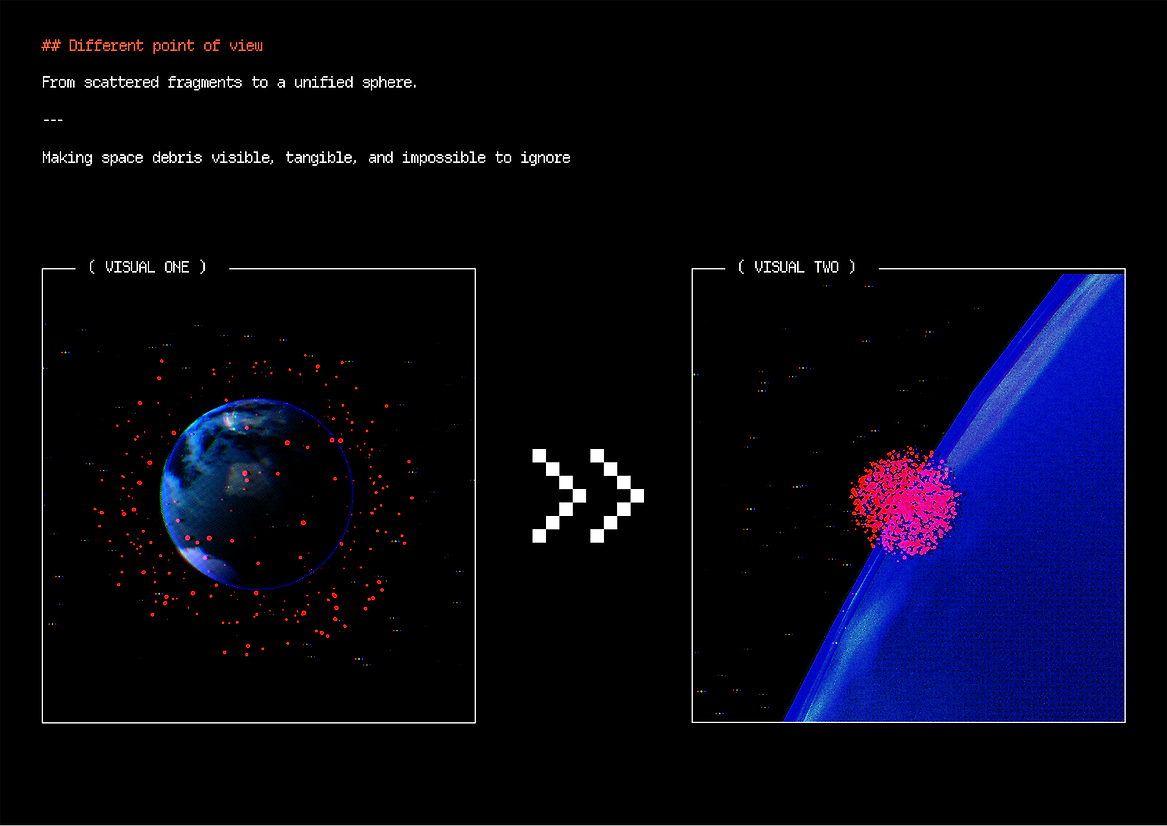
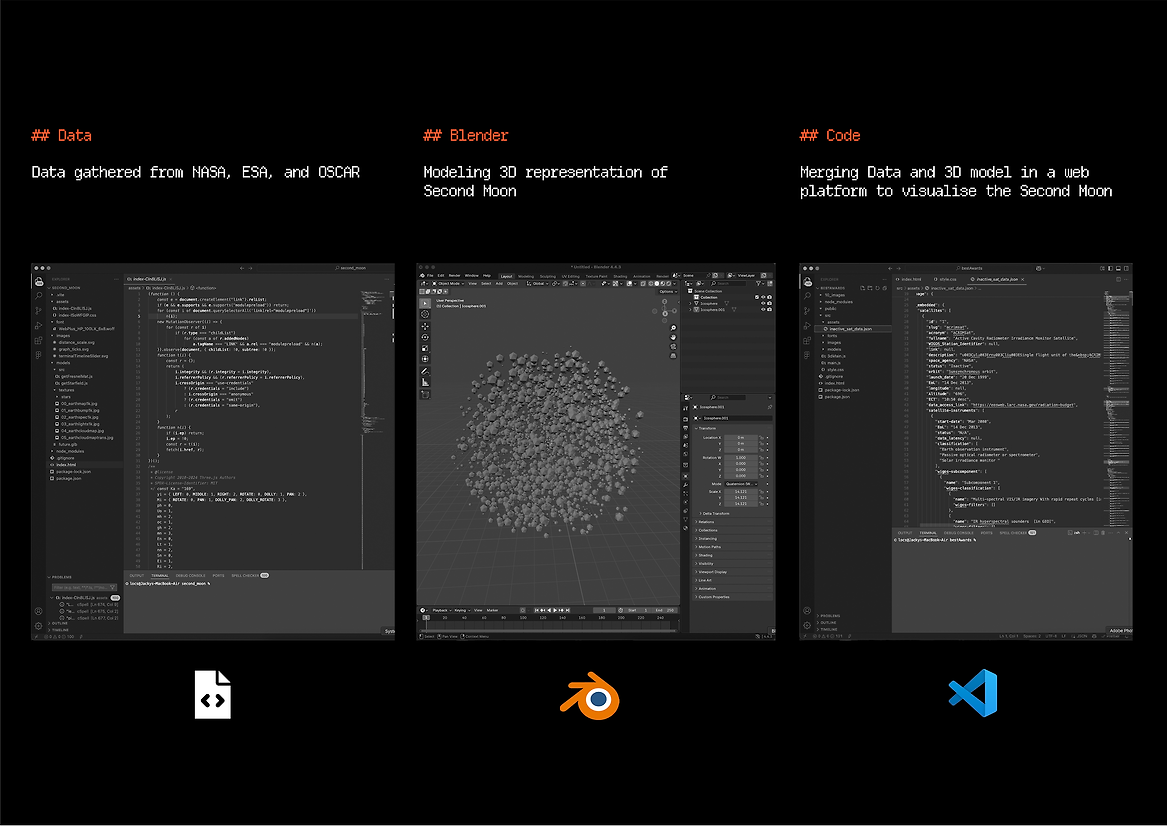
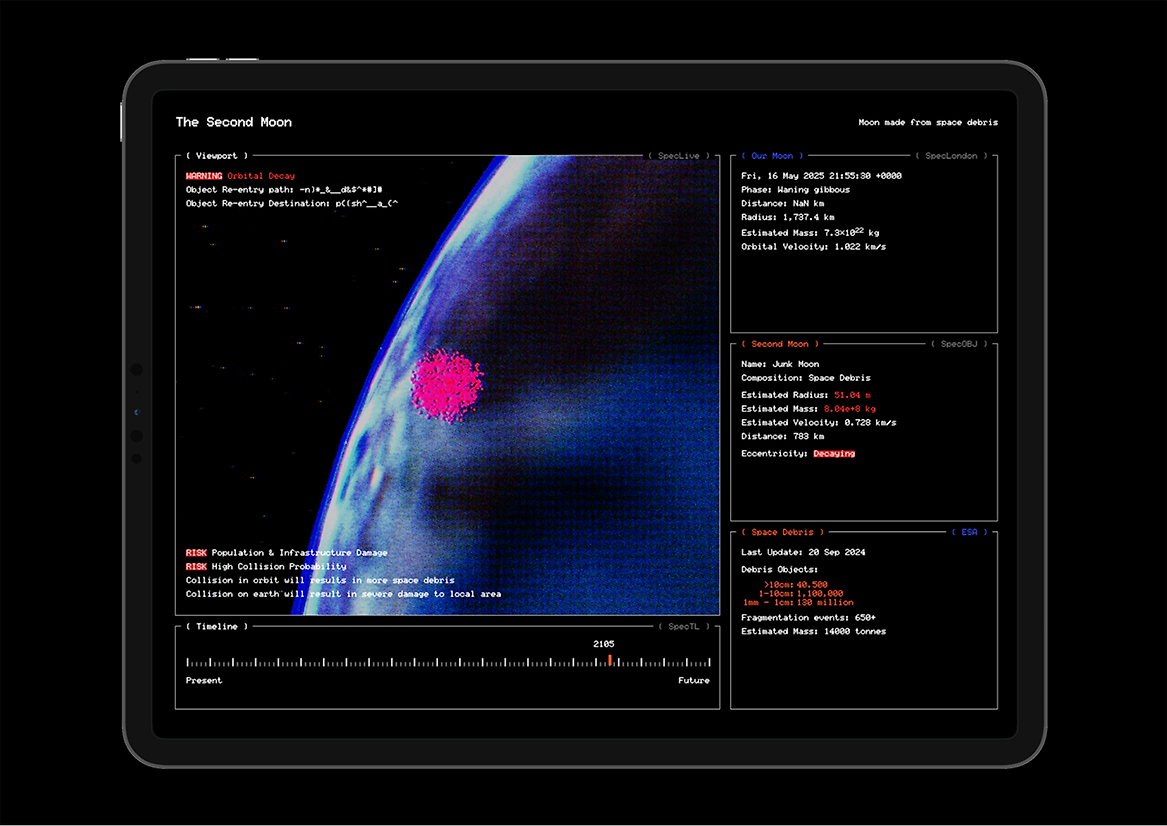
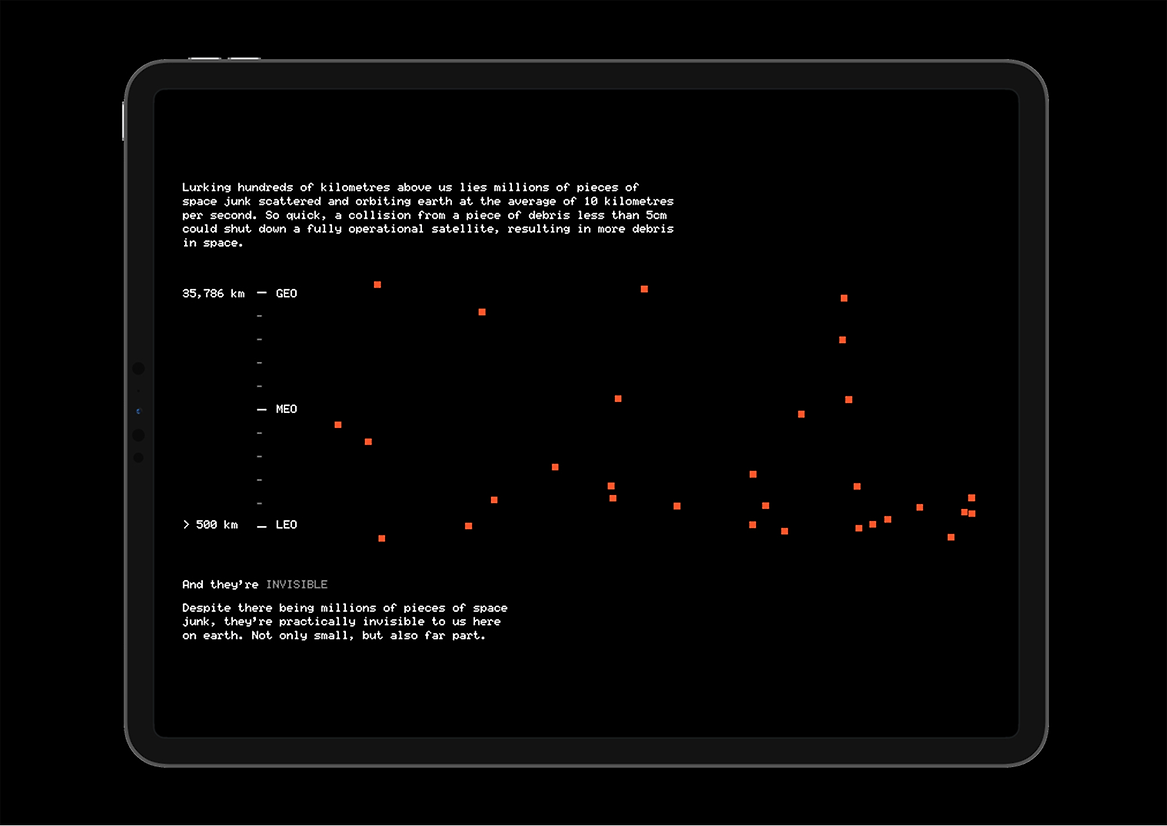
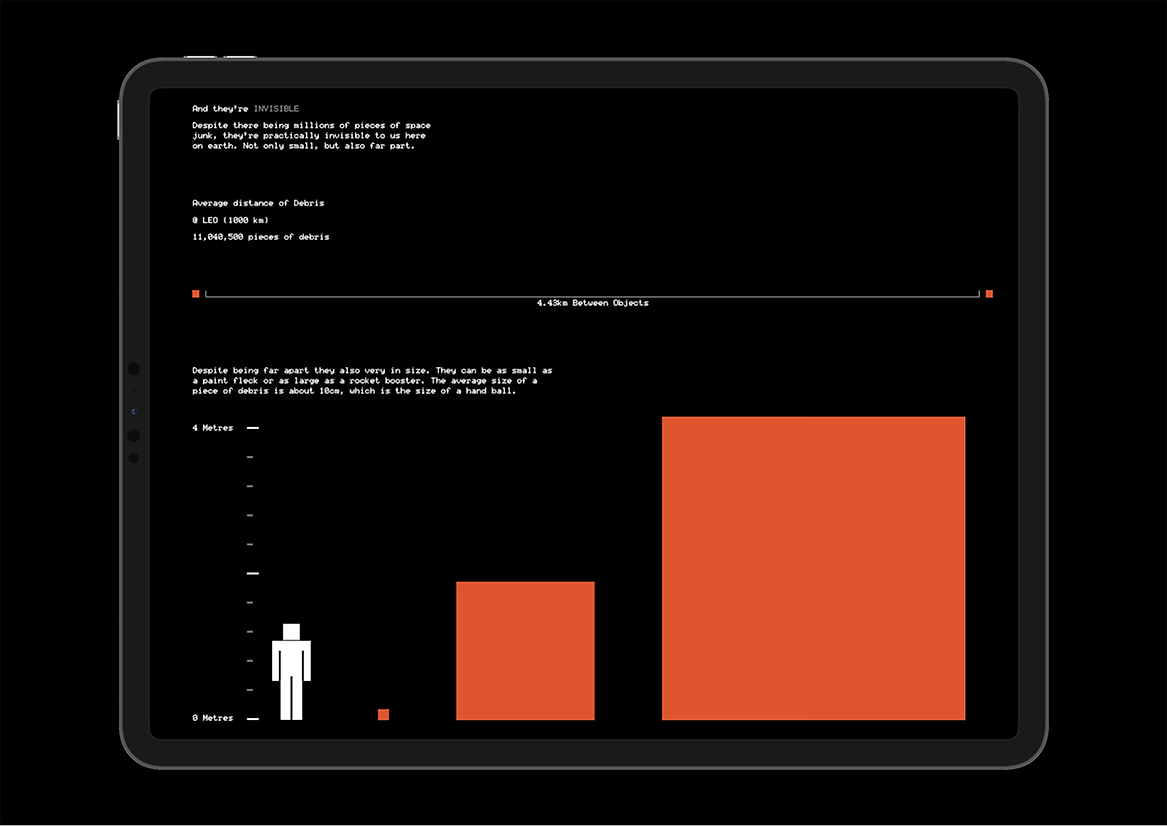
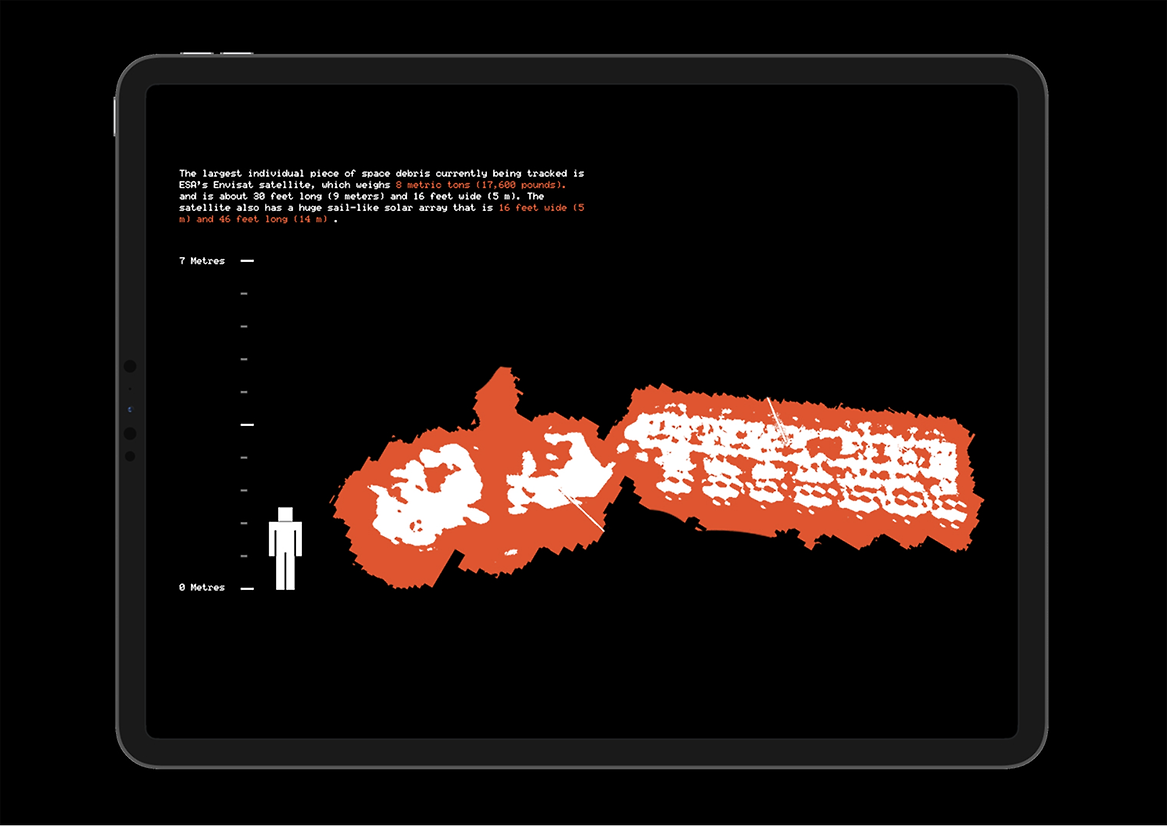
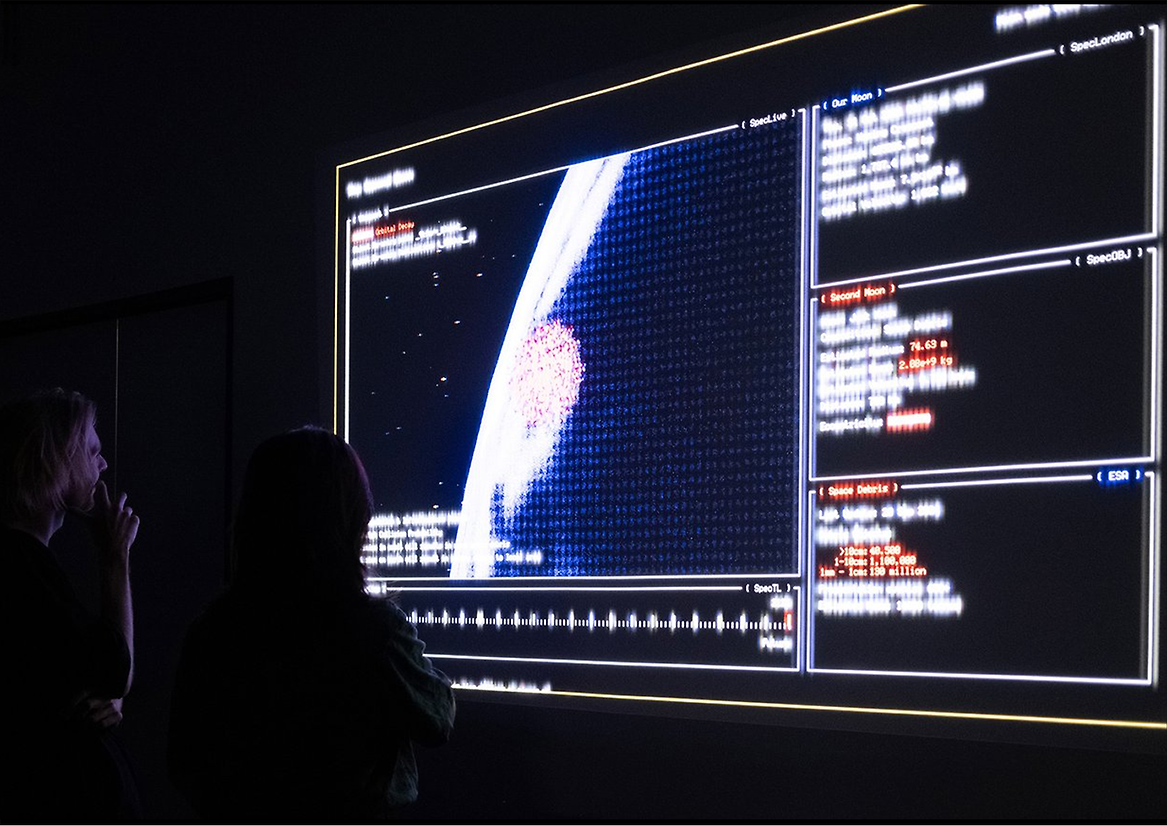
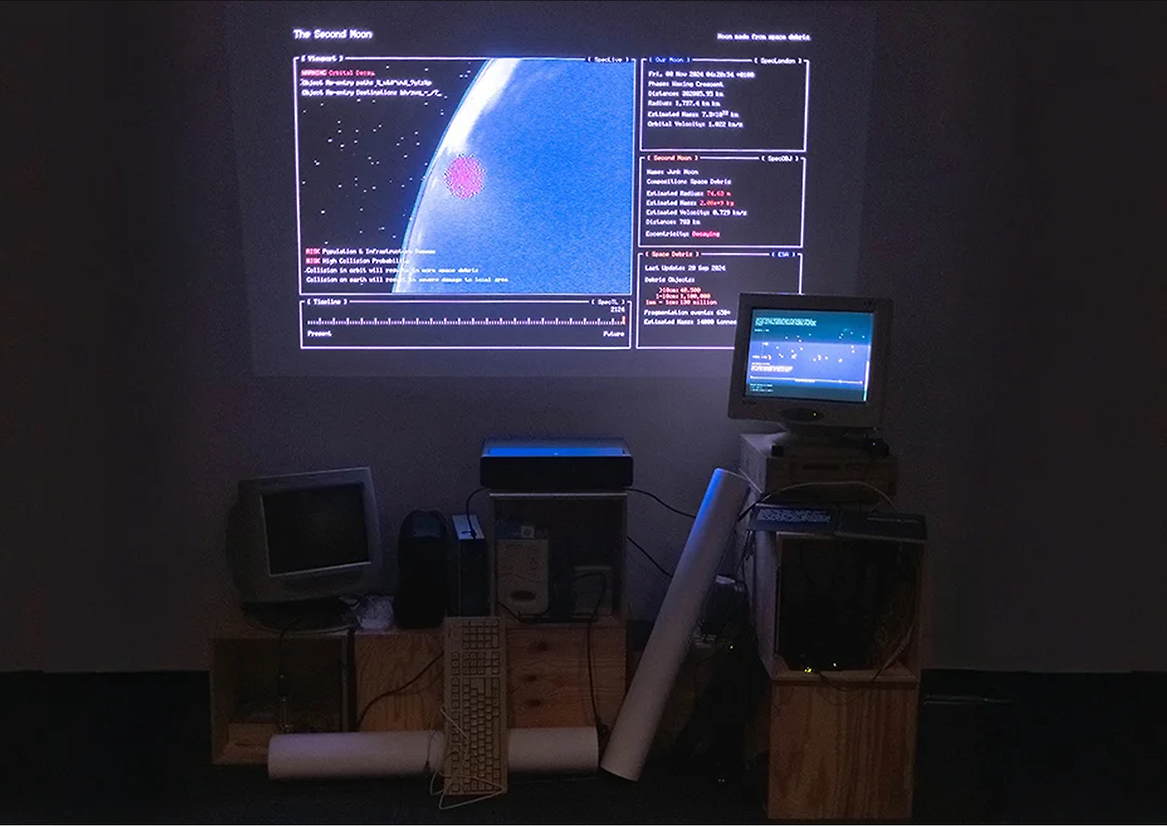
Description:
Space debris is one of the most pressing challenges in the aerospace industry today. With rocket launches increasing from 500 in 2021 to nearly 2,500 in 2022 - a 7.25x growth - the amount of space debris will also increase. This includes abandoned satellites, spent rocket stages, and collision fragments that travel at extreme speeds, scattered in Earth's orbit, posing serious threats to active satellites and creating potential cascade effects where each impact generates more debris.
Despite space technology being deeply rooted in our lives - enabling global communication, weather forecasting, navigation systems, and disaster response - we don't think about it because this technology is literally and metaphorically out of reach to care about, understand, or physically see. While researchers have started to develop solutions to reduce space debris from going to space, such as reusing rocket boosters, these have varying degrees of success. There currently isn't an effective solution to reduce space debris overall.
This project addresses this critical gap by targeting the next generation of problem solvers: STEM undergraduate students aged 18-21, whose foundation in data analysis and innovative thinking positions them ideally to tackle this complex challenge. The goal is to raise awareness about space sustainability and inspire fresh perspectives from emerging talent who could shape the future of this sector.
Second Moon makes this invisible crisis of space debris tangible and compelling through data visualisation. Rather than showing pure statistics, the concept of visualising space debris in a 3D environment adjusts and changes how this problem is approached. The core idea visualises a sphere made from space debris that orbits earth, effectively creating a “Second Moon” to show the scale and density of the problem. Resulting is audiences being able to “physically see” it.
Inspired by old computer terminal aesthetics and visualisation dashboards. The visual design meshes these two elements to create a platform that a space agency would used to track the Second Moon. Designed in Figma, and built using HTML, CSS and Javascript. Using data from OSCAR (Observing Systems Capability Analysis and Review Tool) and NASA to calculate the rough dimensions of the Second Moon. Then using Blender to create a 3D representation and using Three.js to create an interactive scene with Earth and the Second Moon. Using historical space debris data to predict future properties of the Second Moon, a timeline slider is created to show the increase in size as time continues.
By making space debris visible and understandable to young engineers, it creates new opportunities for breakthrough thinking from fresh minds. This project is positioned to be the conversation itself, the starter rather than a solution. Recognizing that the greatest value comes from collaborative problem solving. By engaging both students and professionals, it creates a bridge between academic innovation and industry implementation, potentially accelerating the development of practical debris mitigation strategies that could preserve space access for future generations.
Judge's comments:
We were blown away by the amount of work and thought that went into this project, and equally impressed by its clarity and sense of scale. They were able to translate a technical, global issue into an engaging visual experience, demonstrating solid storytelling and visual design skills. This was a highly original, clever, confident and cohesive project that showed both imagination and control in execution.